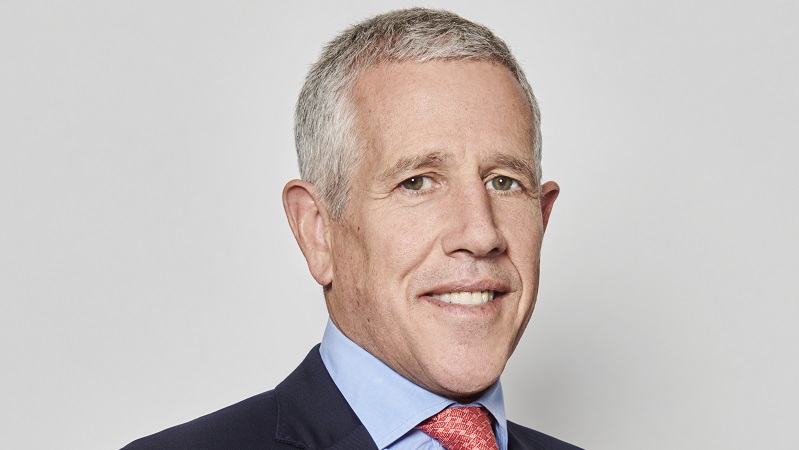Latest figures from the Labor Department show a much bigger than expected 204,000 gain in October’s non-farm payrolls, defying expectations that the government shutdown hit hiring. The consensus forecast was around 120,000, while this good news came just a day after the announced 2.8% gain in third-quarter GDP growth.
Paul Ashworth, chief US economist at Capital Economics, believes the Fed now has enough data to justify making its first reduction at its December meeting though it is far from certain that this will happen.
“Frankly, given all the flip-flopping, it’s hard to know exactly what evidence would satisfy the majority of Fed officials,” he said, adding that Janet Yellen’s confirmation hearing in the next few days and current governor Ben Bernanke’s speech on 19 November should provide more insight.
He continued: “Apparently, the near three-week Federal government shutdown had little, if any, impact on payrolls. Manufacturing increased by a healthy 19,000, construction increased by 11,000 and retail increased by 44,000.”
Still, the unemployment rate nevertheless ticked higher to 7.3%, up from 7.2% in September, which Chris Williamson, chief economist at Markit, believes highlights how the sluggish current pace of economic growth is failing to create enough new jobs to bring down the jobless total.
“The underlying rate of expansion has cooled since earlier in the year, when policymakers began talking in earnest about scaling back monetary stimulus,” he noted.
“The worry is that companies will start to unwind the stock pile that the GDP data suggest was built up in the third quarter, acting to dampen fourth quarter growth. At the same time, the government shutdown appears to have caused growth to weaken in October.”
Williamson concluded that rather than encourage tapering, the data actually adds to the sense that Fed policymakers will be in no rush to make any reduction to the current $85bn per month asset purchase programme.
He said: “Most likely, the Fed will need to wait some time, possibly until after the health of the economy in the first quarter is ascertained, before making any firm decisions on any tapering. That could be as late as March.”
Why have the markets not listened and jumped the gun on tapering? Watch our exclusive interview with world-renowned economist Danny Blanchflower here.










